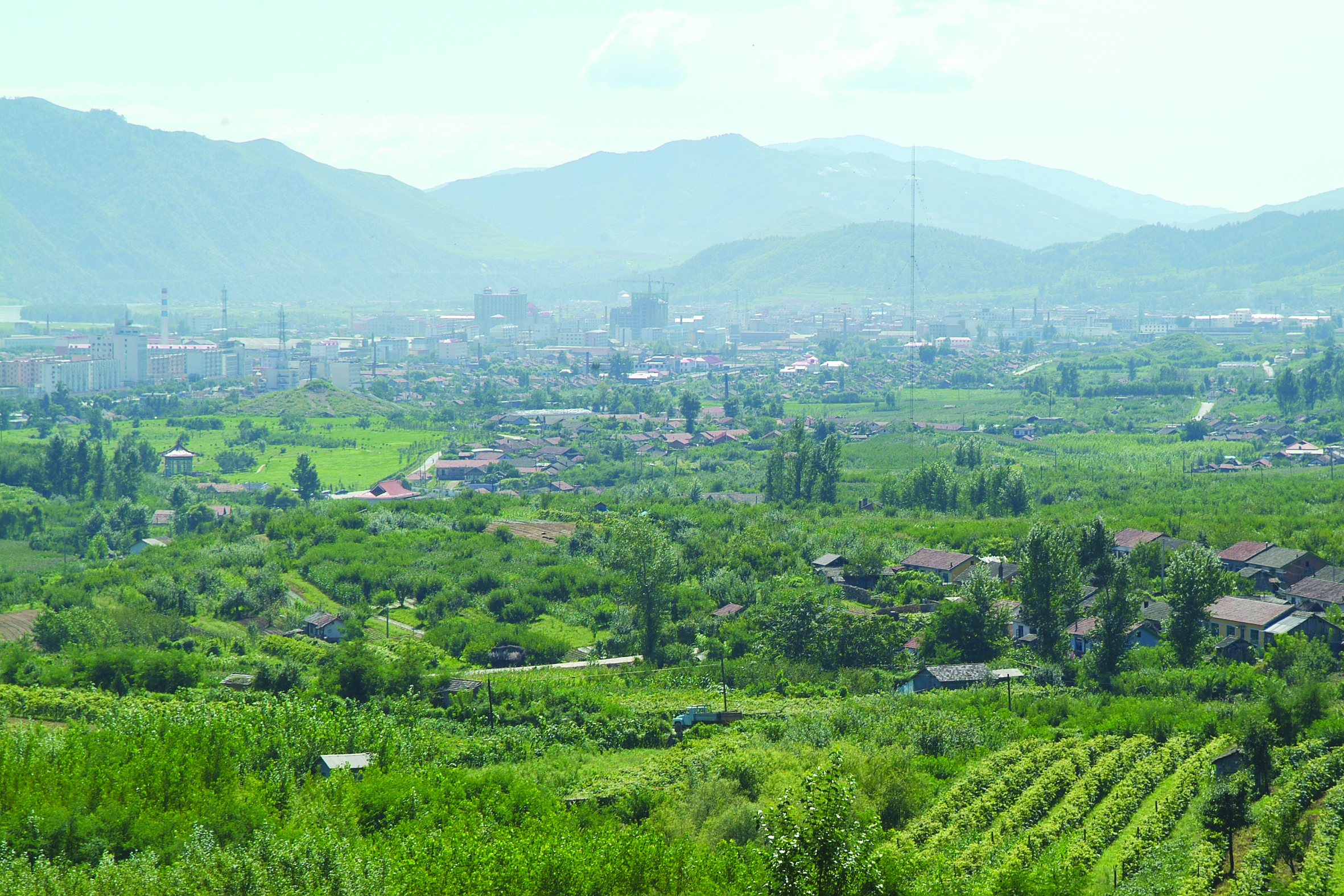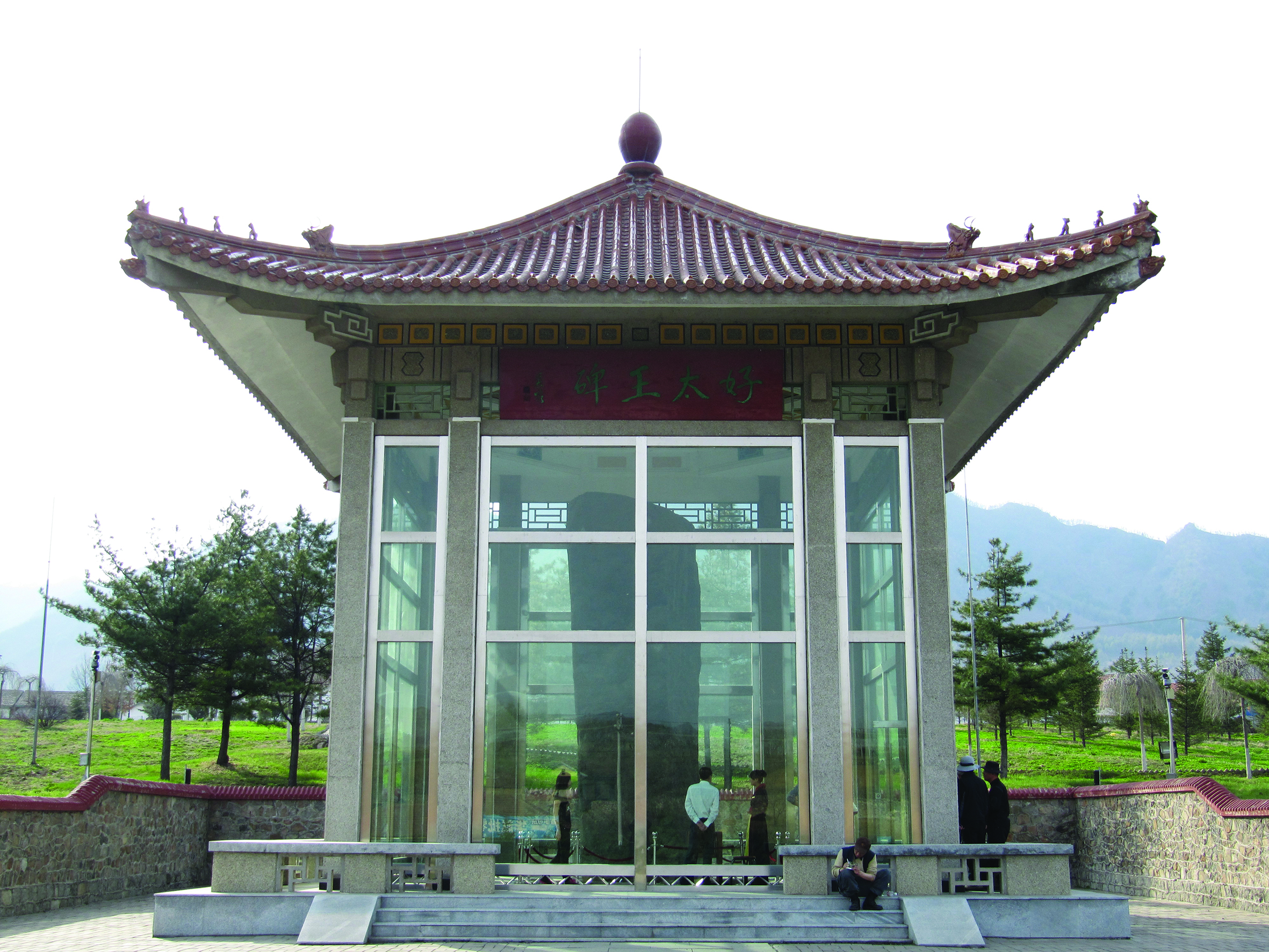동북아역사재단 2022년 03월호 뉴스레터
- Goh Gwang-eui, Researcher at the Research Institute of Ancient and Medieval History of Korea
Jian in Jilin Province, China, has a relatively mild climate for Manchuria as the Noryeong Mountains extending from Baekdusan Mountain forms a basin along the Amnokgang (Yalu) River.
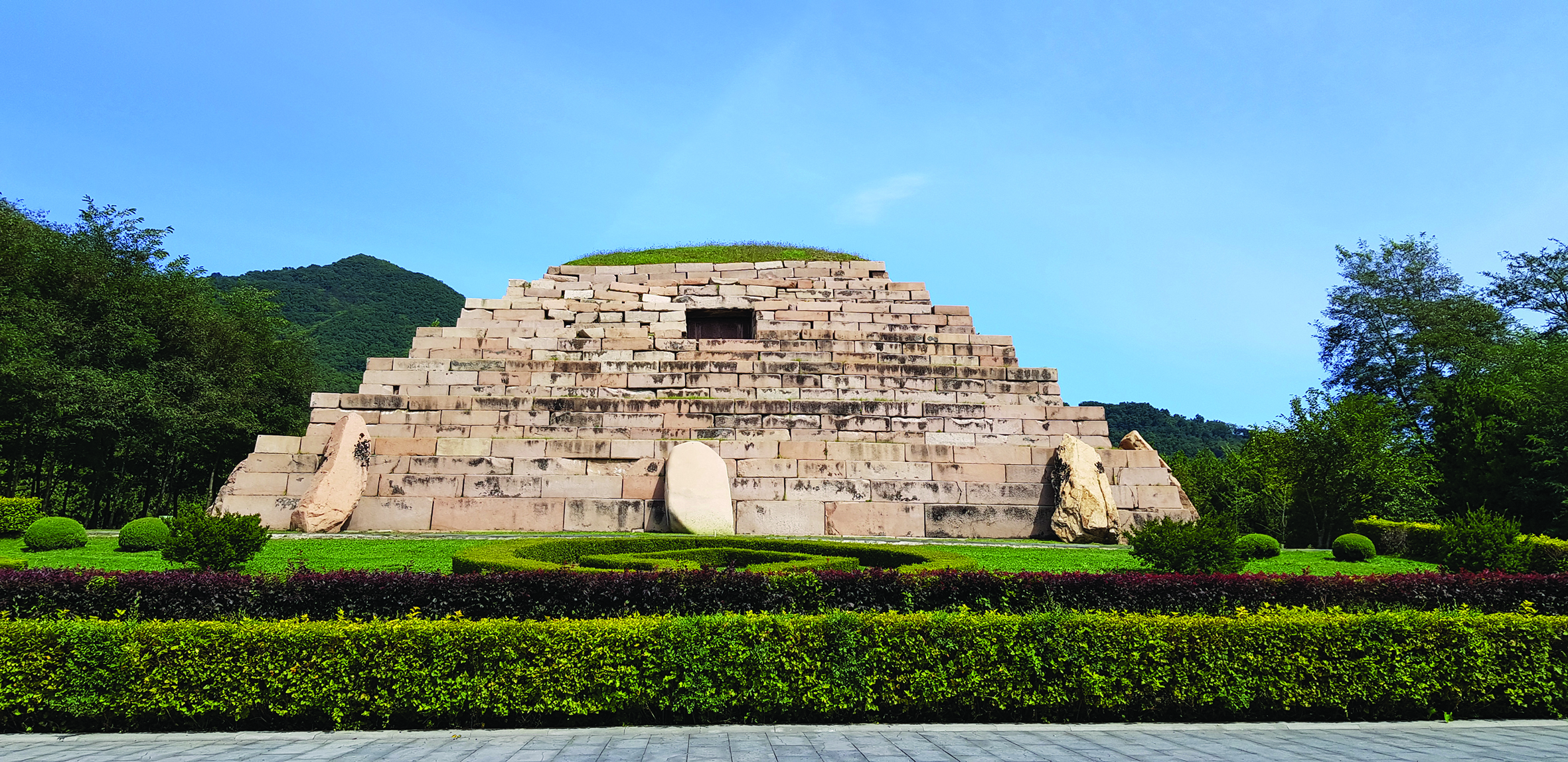
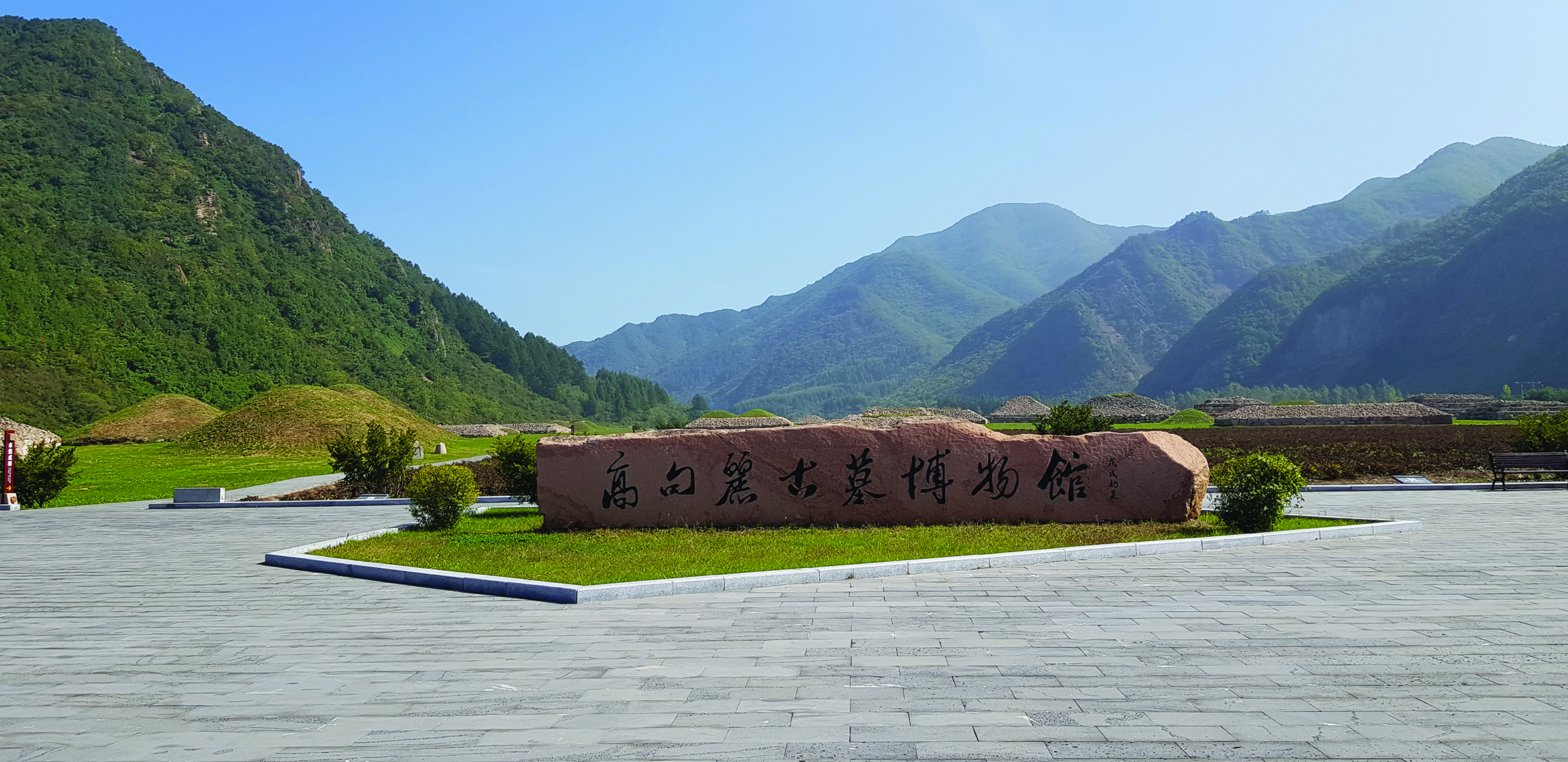
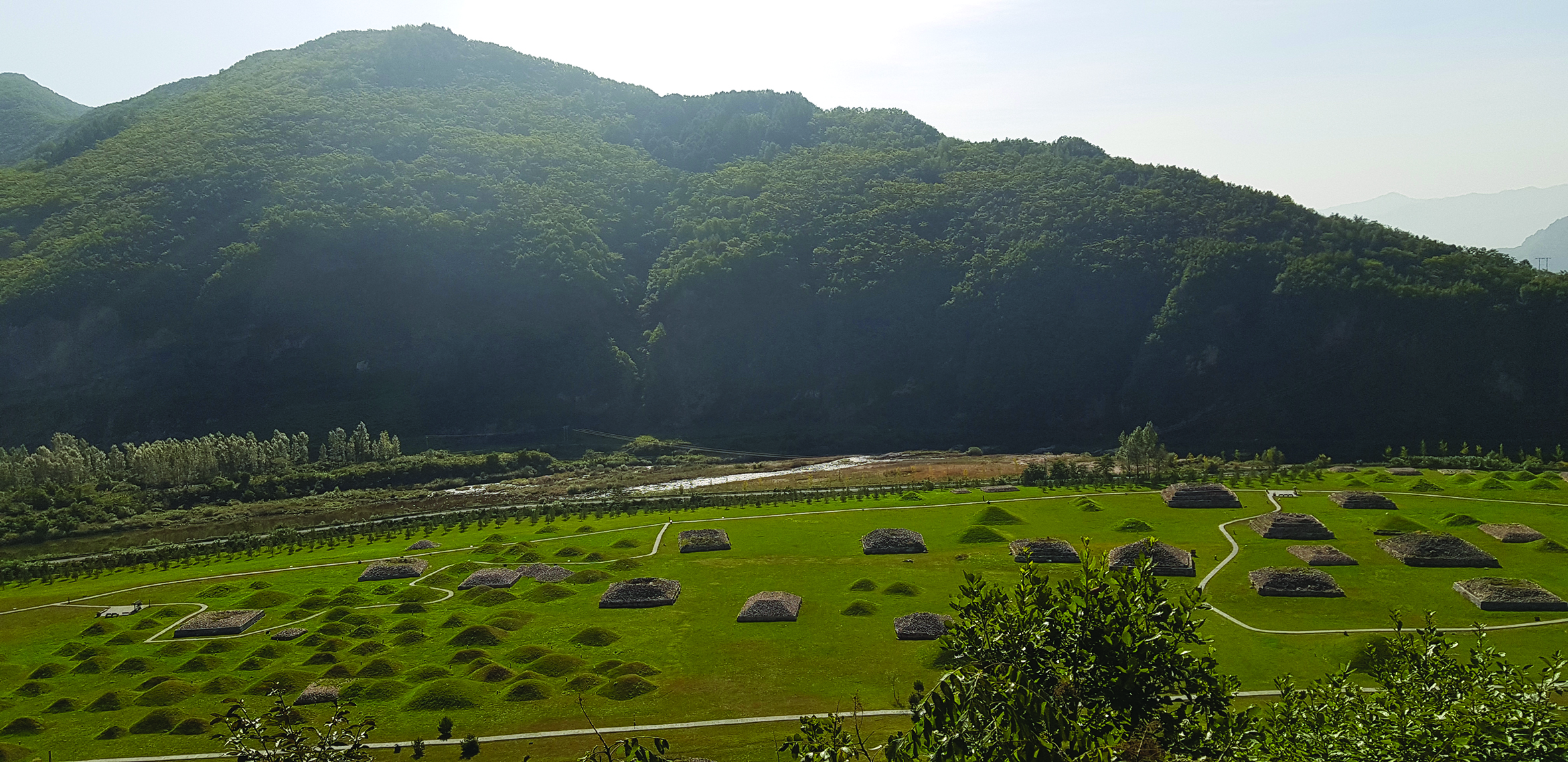
World Heritage Site, Goguryeo’s Royal Tombs and Tombs of Nobles
In the 2000s, the Chinese government carried out a major reorganization project of the Goguryeo relics in the Jian area. Jian is experiencing the greatest development since the Goguryeo period with the investment of an astronomical amount of money in making Goguryeo’s ruins in the Jian area inscribed on the World Cultural Heritage List as part of the so-called “Northeast Project.” This process raises conflicts due to the clash of perceptions about the history of Goguryeo between Korea and China, but fortunately the substance of Goguryeo, which has been buried for thousands of years, was revealed to us.
Among the large-scale stone mound tombs found in the Jian area, around 24 of them were registered as World Cultural Heritages. According to the report, thirteen were confirmed as royal tombs, including the Tomb of Great King, General’s Tomb, Seodae Tomb, Imgang Tomb, Usan Tomb No. 992, Usan Tomb No. 2110, Sanseong Hajeonchang Tomb No. 36, Chilseongsan Tomb No. 211, Chilseongsan Tomb No. 871, Maseon Tomb No. 2378, Cheonchuchong, Maseon Tomb No. 2100, Maseon Tomb No. 626, and the remaining 11 tombs were presumed to be royal tombs.
The General’s Tomb is a pyramid-shaped seven-stage terraced stone mound tomb. The original appearance remains relatively intact. The Tomb of Great King is much larger than the General’s Tomb, but it was severely damaged and only some parts of it remain. A brick imprinted with the words, "願太王陵安如山固如岳 (May the tomb of the great king be as safe and solid as a mountain)," was found on the tomb. These two tombs belong to later generations in the development of Goguryeo’s stone mound tombs. There is a debate over whether the owner of the tombs is Gwanggaeto the Great or King Jangsu.
A large, damaged pile of stones can be seen on the hill at the end of Maxianxiang, the westernmost part of the tombs in Jian. Since the middle part of this tomb is completely exposed, academic circles presume that it is the tomb of King Micheon, violated during the invasion by Murong Huang of Former Yan.
When you follow the Tonggou River, you will find Hwando Sanseong Fortress, which is paired with Gungnaeseong Fortress, a flatland fortress, and myriads of tombs spreading out in the valley below. They are groups of stone-mound and earth-mound tombs mysteriously harmonized under the mountain fortress. It is also famous for its medium and large-sized stone mound tombs, such as the Elder Brother Tomb and Younger Brother Tomb, as well as the tombs of murals that frequently appear in the study of Goguryeo tomb murals, such as the Tombs with ‘Wong’ Letter, Tomb with a Mural of a Lady, and Tomb with a Mural of Tortoise Shell. It was recently renovated and opened as the Goguryeo Ancient Tomb Museum.
Stele of Gwanggaeto the Great and Goguryeo Tablet of Jian
The Stele of Gwanggaeto the Great is located about 4km from downtown Jian. Inside the building that houses the stele, there is a huge rectangular stone pillar in the shape of a menhir, 6.39m tall and weighs about 37 tons. The surface of the stele looks black because it is covered with lime and was rubbed countless times, but the original stone is a type of tuff with a light greenish-gray tint. Although the characters are written in the ornamental seal style, they are very unique among epigraphic fonts at the time because various writing styles, such as the printed style, semi-cursive style, cursive style, and seal style, are mixed. I call this ‘Gwanggaeto Taewangbiche (Gwanggaeto the Great’s Stele Font),’ which is an original and artistically completed font reflecting the world view of the Goguryeo people at the time.
The epigraph can be divided into three sections: the origins of the Goguryeo Dynasty, the life and conquest of Gwanggaeto the Great, and the related laws about the keepers of the tombs of previous kings. The Japanese imperialists interpreted the article written in the Shinmyo Year as “Japan crossed the sea, defeated Baekje and Silla, and made them their subjects,” fabricating it as a basis for the so-called 'Japan’s Colony Theory' that supports the record in the 『Chronicles of Japan』, which claims that Japan conquered the southern region of the Korean Peninsula in the late fourth century.
No new stele was found in the Jian area for nearly 100 years after the stele of Gwanggaeto the Great, but in 2012, a stele was excavated from Maxianhe. The stele was a 173cm long granite and plate-type, different in shape than that of Gwanggaeto the Great. It is a triangle-headed type with a pointed top. The epigraph included phrases similar to those found in the stele of Gwanggaeto the Great such as '元王始祖鄒牟王之創基也' and '河伯之孫' and expressions such as '守墓者', '烟戶頭', and '四時祭祀,‘ suggesting that it might be the actual object of the 'stele erected on a royal tomb of Goguryeo' built in the reign of Gwanggaeto the Great during his lifetime.
The discovery of the Goguryeo stele in Jian was an exciting event that resulted in several research results simultaneously in the study of the history of Goguryeo, which lacks historical materials. Currently, this stele is exhibited at the Jian Museum along with a picture of its rubbing.
동북아역사재단이 창작한 '고구려 고도, ‘집안(集安)’' 저작물은 "공공누리" 출처표시-상업적이용금지-변경금지 조건에 따라 이용 할 수 있습니다.


